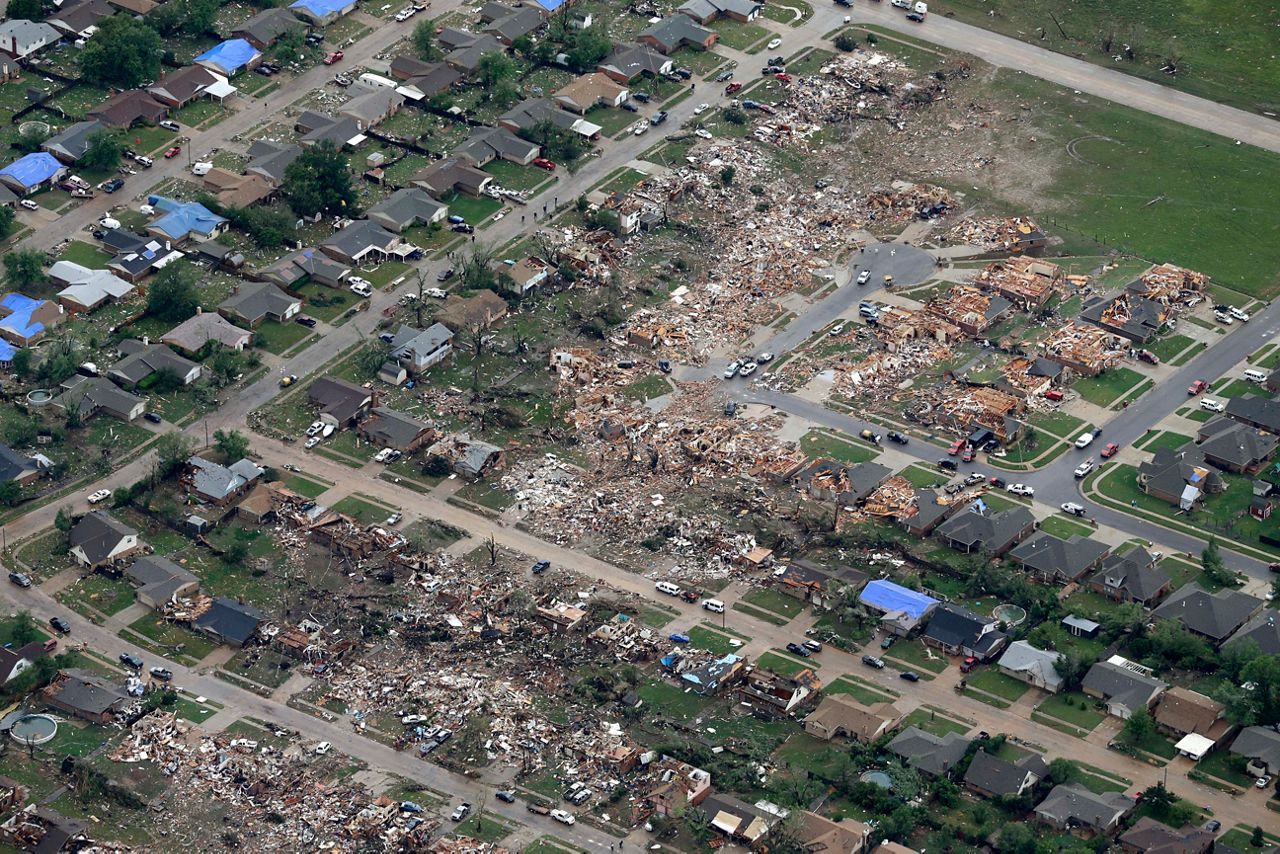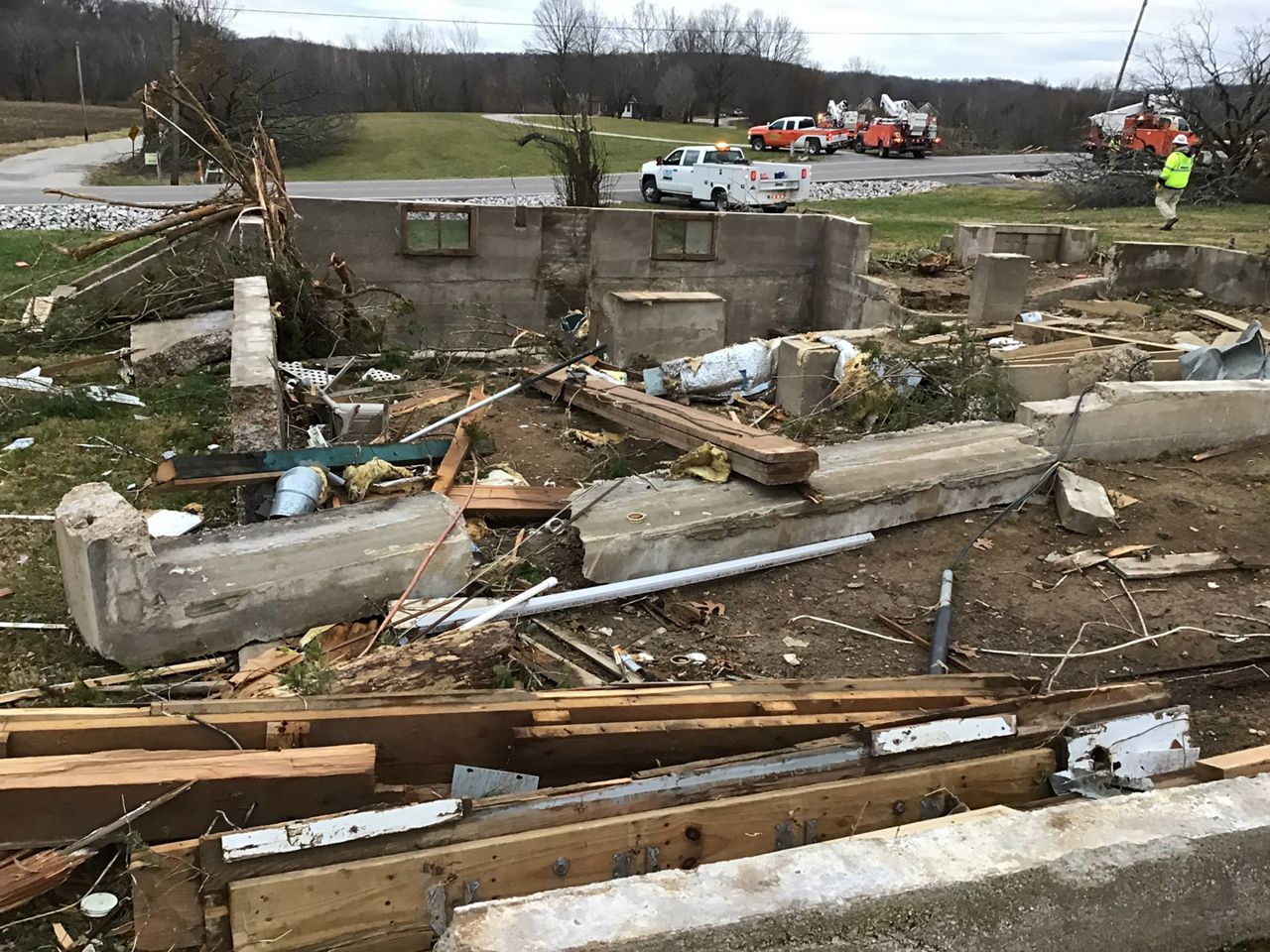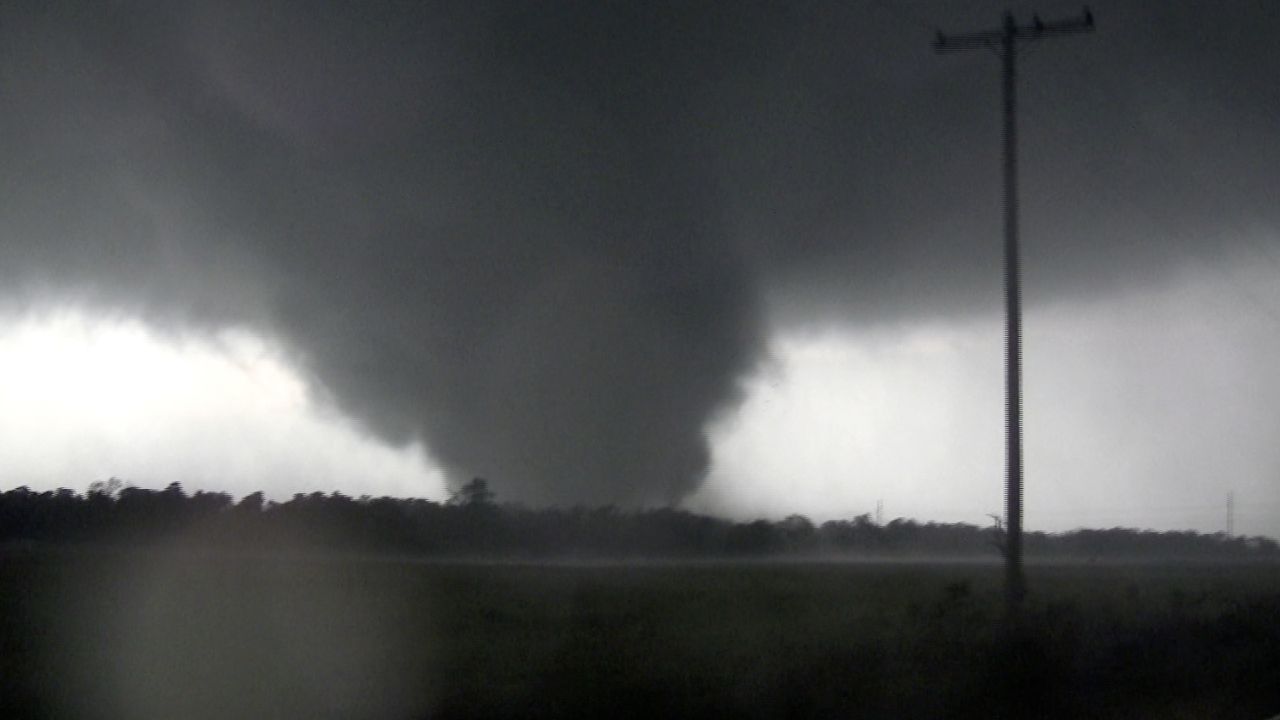Joplin, Mo., is synonymous with an EF-5 tornado that caused massive destruction to the city and killed 158 people on May 22, 2011.
An EF-5 tornado is the highest ranking on the Enhanced Fujita tornado scale. This is the system used to assess damage caused by this weather phenomena. EF-5 tornadoes cause catastrophic damage to the places they touch, and winds in the twister can exceed 200 mph.
This isn’t the only notable EF-5 tornado in recent years. On May 20, 2013, Moore, Okla., experienced an EF-5 tornado with wind speeds estimated at 210 mph.
This storm devastated the city and killed 24 people, with several of those deaths occurring at two elementary schools in the area.

How often do EF-5 tornadoes occur? Based on data from the National Climatic Data Center (NCDC), there have been 59 EF-5/F-5 tornadoes in the United States since 1950.
Note, prior to 2007, we used the Fujita scale, and an equivalent rating to EF-5 would be an F-5. The scale was updated to account for engineering and designs of structures, allowing for wind speeds to better align with associated storm damage.
According to National Centers for Environmental Information, an archive for meteorological data, for the period of 1990–2010, an EF-5/F-5 tornado occurs in one out of every 1,666 tornadoes and accounts for 0.06% of all tornadoes.
January and November are two months out of the year that have never recorded an EF-5/F-5 tornado. These types of tornadoes are more likely to occur during April, May and June.
Location plays a vital role if an area is likely to see an EF-5 tornado. Based on these statistics, no states along the eastern seaboard have recorded an EF-5 tornado.
About 60%-70% of all tornadoes are an EF-0 or EF-1 and are weaker tornadoes. These types of tornadoes spin up quickly and are on the ground for only a few minutes and usually travel less than a mile.
On May 19, 2022, the St. Louis area saw three EF-0 tornadoes. Thankfully, there were no injuries and a majority of the damage was from tree debris.
Dec. 10, 2021, had two tornadoes in the region that exceeded the weak status and were moderate tornadoes with rankings of EF-3.

The one in Defiance, Mo., had one fatality when an elderly woman blew out of her home. Edwardsville, Ill., was the other region, having six casualties when an Amazon warehouse collapsed.
As for EF-5 tornadoes, it has been over nine years since a tornado with this high of a ranking has been recorded in the United States. This is the longest period since we have kept historical records.
The previous record was nearly eight years to the day when a severe weather outbreak on May 3, 1999, caused a then-rated F-5 tornado in Moore and Oklahoma City, Okla. And an EF-5 tornado nearly wiped out the entire town of Greensburg, Kan., on May 4, 2007.
Alabama and Oklahoma lead the United States with the most EF-5/F-5 tornadoes, seven in each state. But as shown by the Joplin, Mo., tornado, the state of Missouri can see tornadoes of this magnitude.
Do you know what to do when the sirens go off in your area? What is the difference between a watch and a warning? Do you have a safe place in your house and when you are out? Make your plan when conditions are quiet.








